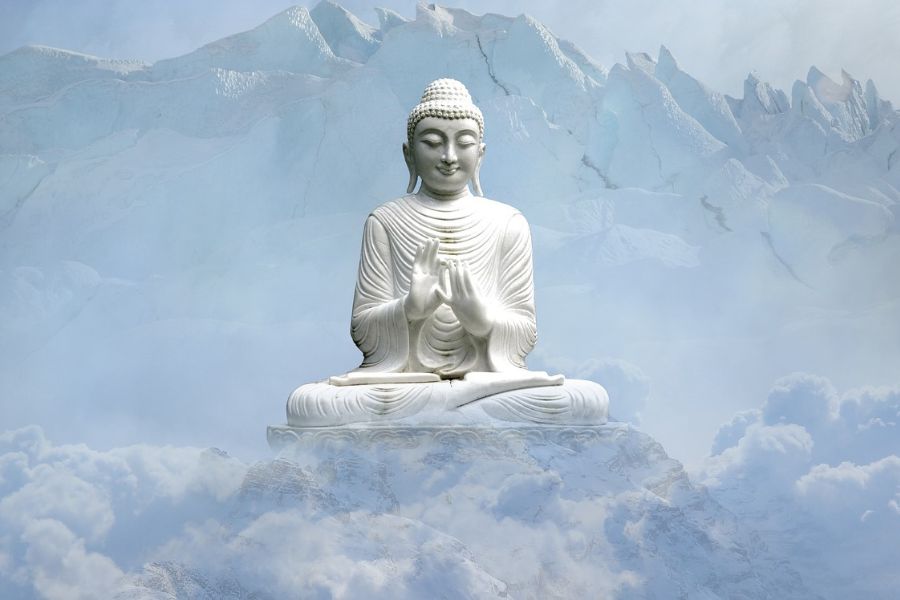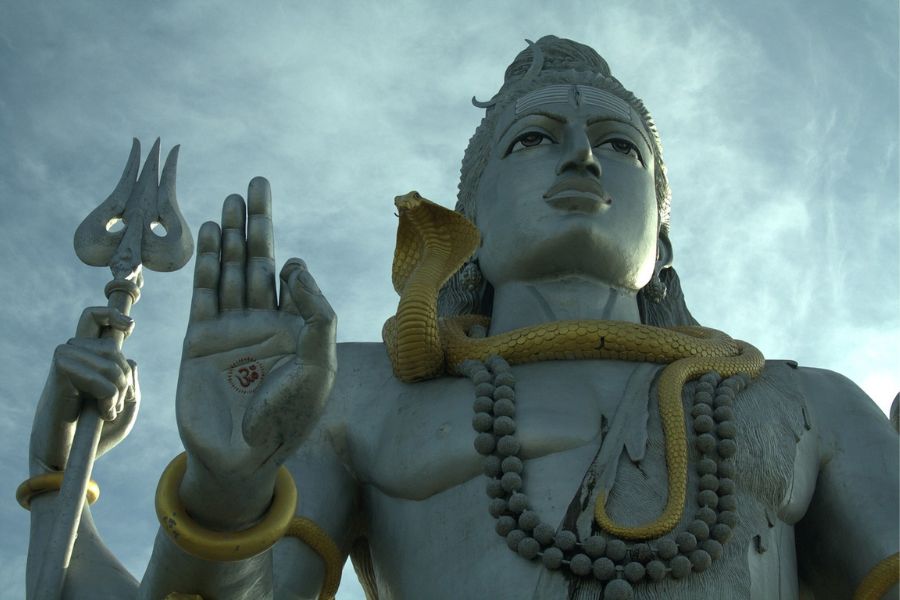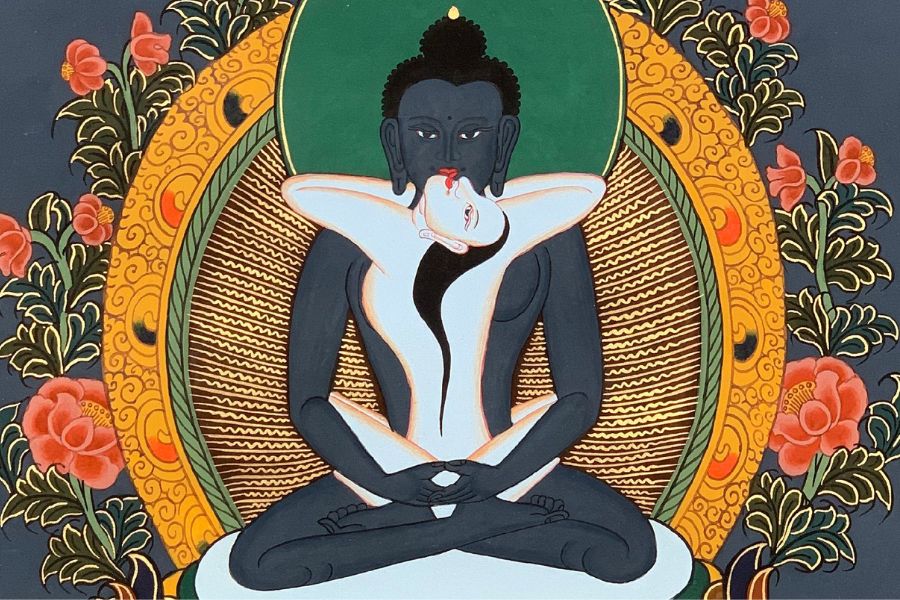In the enigmatic temple of Delphi, in Ancient Greece, a profound maxim was inscribed in stone: Nosce te ipsum, or "Man, know yourself and you will know the universe and the gods."
This reflection on self-knowledge is a principle that permeates many spiritual traditions, and in Samael Aun Weor’s esoteric work, especially in his book The Revolution of Dialectics, the study of oneself is the key to a radical transformation of consciousness.
The journey toward deep self-knowledge begins with the stillness of the mind. Samael Aun Weor emphasizes that when we manage to silence not only the intellect but all levels of our subconscious mind, a new state of consciousness arises. This process, which he describes as the awakening of the soul, is essential to achieve Samadhi—spiritual ecstasy.
Daily meditation practice, according to Samael Aun Weor, is the key to this inner transformation. He observes that many people go through various spiritual schools without ever truly knowing themselves, like butterflies flitting from one place to another, never finding their true center.
These individuals fail to achieve the Intimate Self-Realization of the Being, as they do not dedicate themselves to the work of annihilating the "I," the root of their sufferings and limitations.
The true awakening of consciousness is only possible when one frees oneself from mental dualism and internal battles, from the constant struggle between opposites. The elimination of internal antitheses is an essential process for the emancipation of the essence.
Samael Aun Weor teaches that any subconscious struggle, no matter how insignificant it may seem, reveals dark points within us—aspects of our psyche that need to be observed and understood. The key to absolute silence of the mind lies in confronting and knowing these hidden parts of the "I."
Basic Rules for Mental Emancipation
To facilitate this process of transformation, Samael Aun Weor proposes a set of essential esoteric practices. These rules, which are part of the Gnostic meditation work, are fundamental for freeing ourselves from the mental chains that bind us.
-
Relaxation
Before any meditative practice, it is crucial to learn how to relax the body completely. No muscle should remain tense. Samael suggests consciously regulating sleep, as the wise combination of sleep and meditation can result in inner illumination. -
Retrospect
Through retrospect, the practitioner seeks to awaken consciousness in the present moment, bringing to mind all the acts and thoughts of the day. The idea is to observe these memories without identifying with them, simply as a witness watching their own actions and thoughts objectively. -
Serene Reflection
The next step involves serenely observing our emotional and mental state before any thought arises. The practitioner must become vigilant of their own mind, especially in moments of agitation, and learn to interrupt this mental flow to observe what is happening internally. -
Psychoanalysis
Psychoanalysis, according to Samael Aun Weor, involves investigating the origin of every thought, emotion, and feeling that arises in the mind. By investigating these origins, the practitioner undergoes a deep process of self-discovery, getting to know the roots of their mental reactions. -
Mantralization or Koan
At this stage, the practitioner should use mantras or koans, words or phrases that can disrupt the mind and break automatic thought patterns. This facilitates entry into a receptive and profound state, where consciousness can be more easily awakened. -
Superlative Analysis
Here, the work is deep introspection. The practitioner must concentrate on the psychological flaws they wish to eliminate. This analysis divides into two parts: self-exploration and self-discovery. The first step is to investigate the origin and the moments when these flaws first manifested. Then, the practitioner must study the roots of their flaws, examining them in detail. -
Self-Judgment
Self-analysis is not complete without the sincere judgment of the flaw. The practitioner must reflect on the negative impact of these flaws on their life and the positive impact their elimination would have on their consciousness. -
Prayer
Finally, Samael Aun Weor suggests that the practitioner pray fervently to the Divine Mother Kundalini, asking for help in the disintegration of the flaws. He believes that the inner Mother is the only one capable of eradicating the "I" that prevents us from reaching our true nature.
The meditation and self-knowledge work described by Samael Aun Weor is not merely a practice to achieve superficial peace or intellectual understanding. It is a profound and integral revolution of consciousness.
This revolution begins with the internal transformation of each individual, through the eradication of the "I," false identities, and the egos that imprison the essence of the soul.
Only when the "I" dissolves completely can the true revolution occur: a revolution of dialectics, where internal antitheses are reconciled and the mind reaches a state of perfect balance.
In this state, consciousness awakens, and for the first time, the individual gains direct knowledge of reality, the universe, and the deepest mysteries of existence.
Samael Aun Weor reminds us that daily and consistent practice of these meditation techniques is essential to achieving true emancipation. Those who do not work consciously to eliminate the "I" and attain the silence of the mind will never find their permanent center, remaining lost in a cycle of frustrations and endless searching.
Only in the absence of the ego is it possible to live this integral revolution and experience the awakening of the soul and the realization of the Being.




















